DJI Mavic Air 2 vs Mavic Air: should you upgrade to DJI's new drone?
Is it a case of the sequel trumping the original?
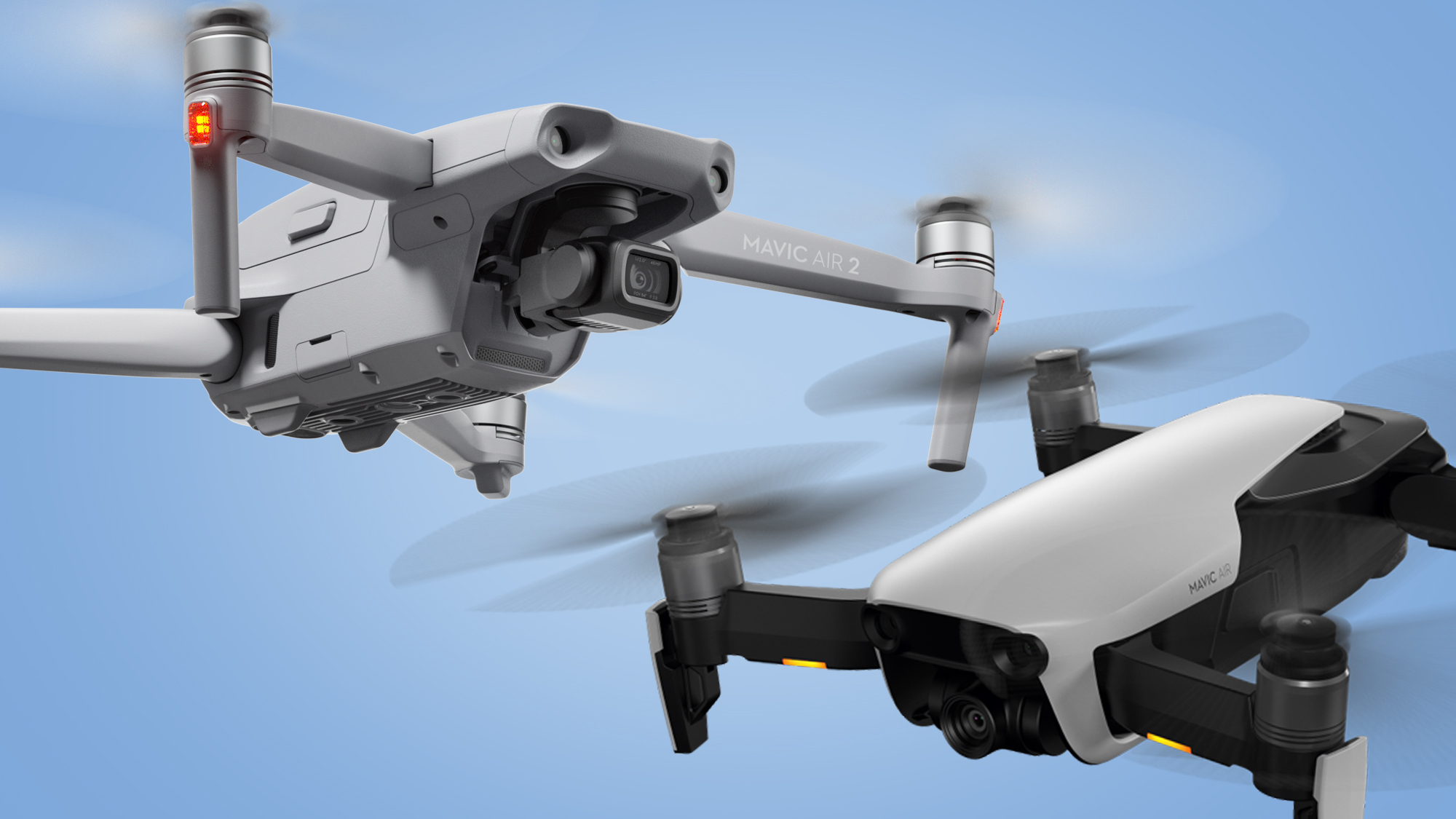
The original DJI Mavic Air was something of a revelation when it landed back in 2018 – it packed some of the DJI Mavic Pro's 4K shooting power into a tiny bundle that wasn't much bigger than the entry-level DJI Spark.
But now it's been replaced by the DJI Mavic Air 2, should you consider upgrading to the new model? DJI's latest mid-range range drone is a complete redesign of the original Mavic Air, with a new body, controller, camera module and battery.
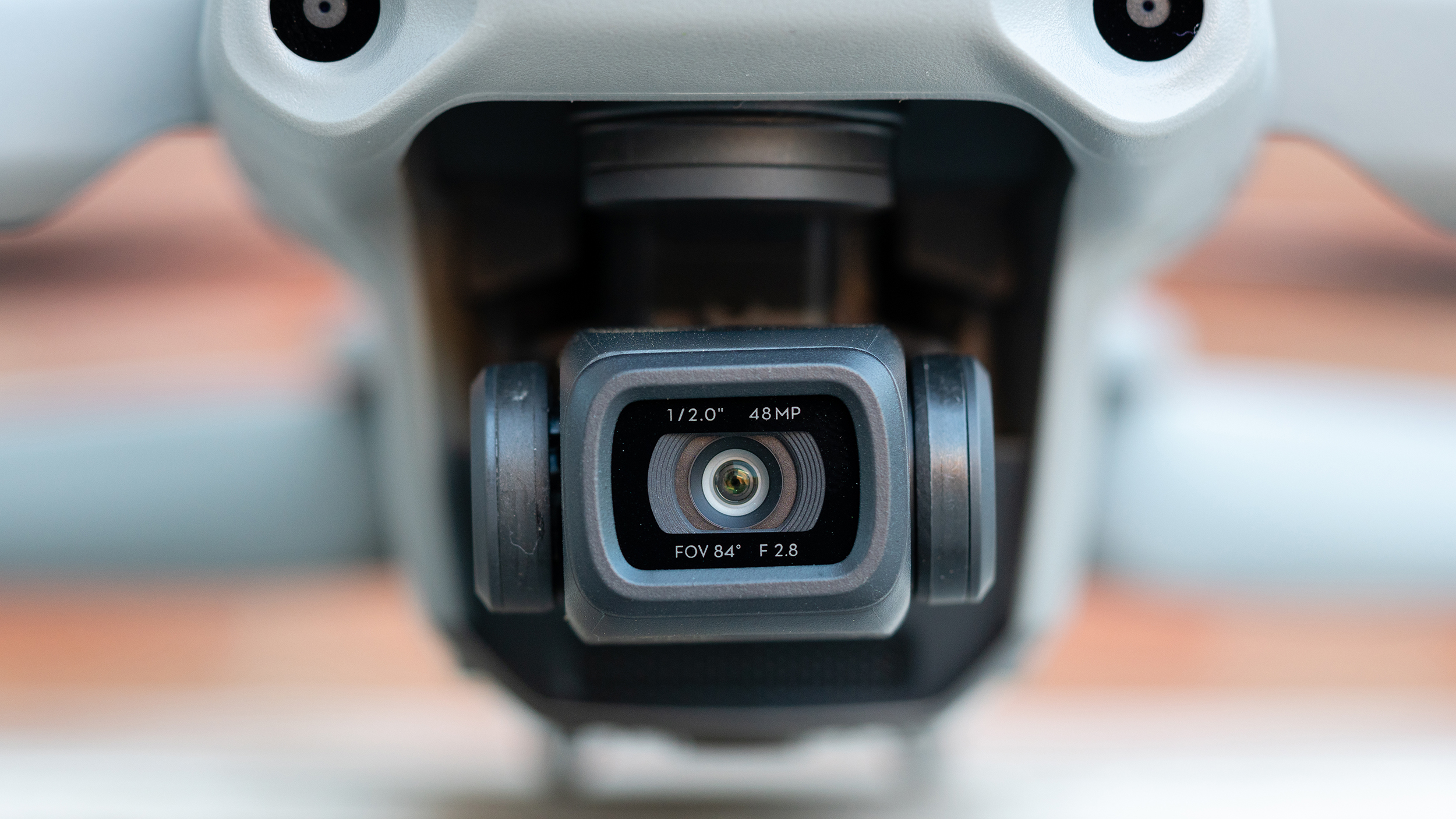
In fact, the Mavic Air 2 is now effectively a mini version of the DJI Mavic 2 Pro, in both looks and features, rather than a more powerful version of the Spark's spiritual successor, the DJI Mavic Mini.
Having rigorously tested both drones, we're in a good position to tell you if the new Mavic Air 2 is a big enough upgrade to justify its $799 / £769 / AU$1,499 price tag. So please join us on an in-depth tour on each drone's design, specs and performance...
- Read our in-depth DJI Mavic Air 2 review
Design
- The DJI Mavic Air 2 is heavier at 570g, versus the 430g Mavic Air
- Both drones have a folding design that easily fits inside a backpack
- The Mavic Air 2's new controller crucially supports OcuSync 2.0
The DJI Mavic Air 2 isn't just a tweaked upgrade of the original Mavic Air – it's a completely different drone.
Its predecessor had more in common with the DJI Spark, which meant it was smaller and available in a range of bright colors. The Mavic Air 2, though, is very much like a miniature Mavic 2 Pro, with a slightly larger, more serious-looking design.
The size and weight difference between the two drones isn't huge. The Mavic Air 2 weighs 140g more at 570g, which is actually bonus when it comes to stability in the air. It's much more steady in a stiff breeze, although it's not quite up to Mavic 2 Pro levels here. You'll still get high wind warnings when you get up to altitudes of 120m.
Sign up for breaking news, reviews, opinion, top tech deals, and more.

Fold out the arms of the two drones and the size difference is a bit more apparent. While the Mavic Air measured 168×184×64mm, the Mavic Air 2 stretches out to 183×253×77mm. In practical terms, though, this is again mainly a bonus for flight stability, with Mavic Air 2 still folding down into a bundle that will easily stash away alongside your other photographic gear.
The Mavic Air 2 inherits a couple of niggles that were also an issue on its predecessor. Both drones sit low to the ground on their rear arms, which means you need to find some flat ground when taking off in grassy areas to avoid strimming the grass and possibly damaging your propellers.
The gimbal guard on both drones can also be quite fiddly and tricky to get used to. But aside from these small annoyances, the Mavic Air 2 has a brilliantly refined design and its size sits right in the sweet spot for portability, stability and battery life.
Controller
- New Mavic Air 2 controller has a better design than the Mavic Air's
- It brings support for Ocusync 2.0, which improves the Mavic Air's range
- Right now, the DJI Smart Controller isn't compatible with the Mavic Air 2
Another big design difference between the two drones is the controller – the DJI Mavic Air 2 has a completely new pad that brings two main improvements.
One is the overall design, which is comfortable in the hand thanks to its contoured grips and 393g weight, While the Mavic Air's pad was smaller and more portable, it wasn't as comfortable to hold – and crucially also mounted your phone underneath the joysticks, rather than above.
We think attaching your phone on top of the controller via a telescopic grip makes a lot more sense and makes the Mavic Air 2's pad feel a bit like a smaller version of DJI's excellent Smart Controller.
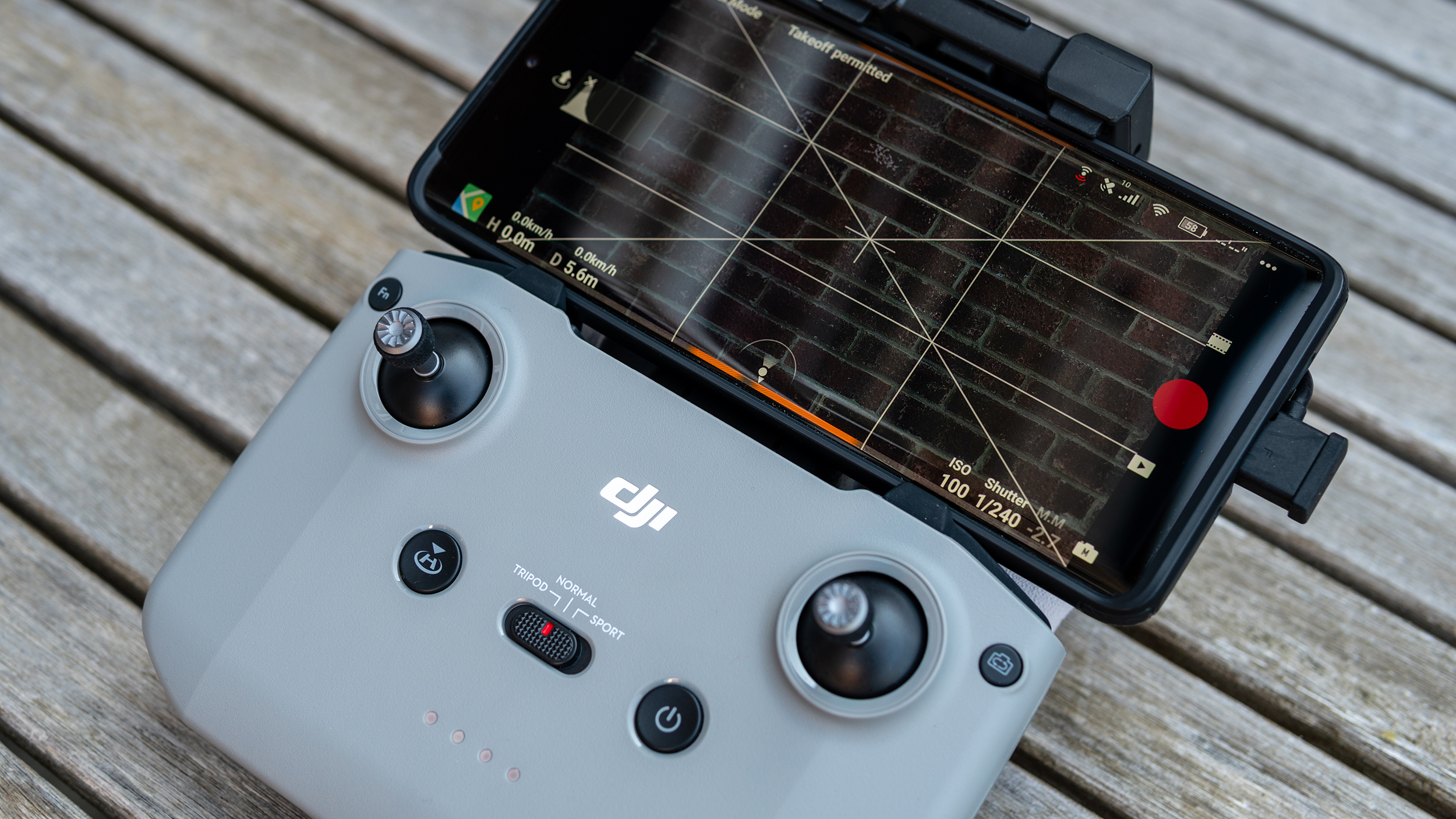
Unfortunately, right now the Smart Controller isn't compatible with the Mavic Air 2 (DJI told us "it will in future, but we don't have timeframe"), but this new controller is a welcome substitute, even if it does lack its own screen.
Like before, the Mavic Air 2 controller's sticks are removable and stash away in rubberized sections, which is helpful if you're trying to squeeze it into a backpack. It also offers a similar array of controls to its predecessor (including a flight mode switch for changing between Tripod, Normal and Sports modes), which means you'll be mainly relying on the new DJI Fly app for most settings.
Perhaps the most important new feature that the new Mavic Air 2 controller brings, though, is support for Ocusync 2.0. This is a vastly superior method of transmission than the Mavic Air's 'Enhanced Wi-Fi' and brings both a superior range (10km, compared to 4km) and a more stable signal.
Overall, the Mavic Air 2's controller is a big improvement over the traditional folding Mavic pad, particularly as it hasn't added any extra cost to the drone.
Specs and features
- The Mavic Air 2 has a 10km range, compared to the Mavic Air's 4km
- It also has a much-improved 34-minute flight time (up from 21 minutes)
- Both drones have front, rear and downward obstacle avoidance sensors
When it comes to shooting modes and safety features, the Mavic Air 2 is a big step up from its predecessor. In fact, in some areas it even trumps the pricier Mavic 2 series.
Beyond its improved range, the Mavic Air 2 has a significantly better battery life than the Mavic Air. Its flight time is now 34 minutes, a huge boost from the latter's 21 minutes. This was one of the few complaints in our original Mavic Air review, so it's great to see that addressed. That battery life is even three minutes longer than the Mavic 2 Series.

Still, it's the Mavic Air 2's camera and shooting features that really mark it out as DJI's best-value drone. While it lacks the larger one-inch sensor seen in the Mavic 2 Pro, you do get a capable 1/2-inch CMOS sensor that's capable of shooting 4K/60p video at 120Mbps. That's a step up from the Mavic Air's 4K/30p (at 100Mbps) and also means DJI's new mid-range drone can shoot 1080p at 240fps for some slo-mo effects.
Unlike the Mavic Air, you also get the option of shooting 4K HDR video, albeit with a maximum 30p frame-rate. This helps you extend dynamic range in more challenging scenes with high contrast.
And while the Mavic Air didn't exactly lack shooting modes, the Mavic Air 2 takes the options to another level. You can now shoot 8K Hyperlapses (which are effectively timelapses, only including the added movement of the drone), and also track subjects a bit more effectively with ActiveTrack 3.0.
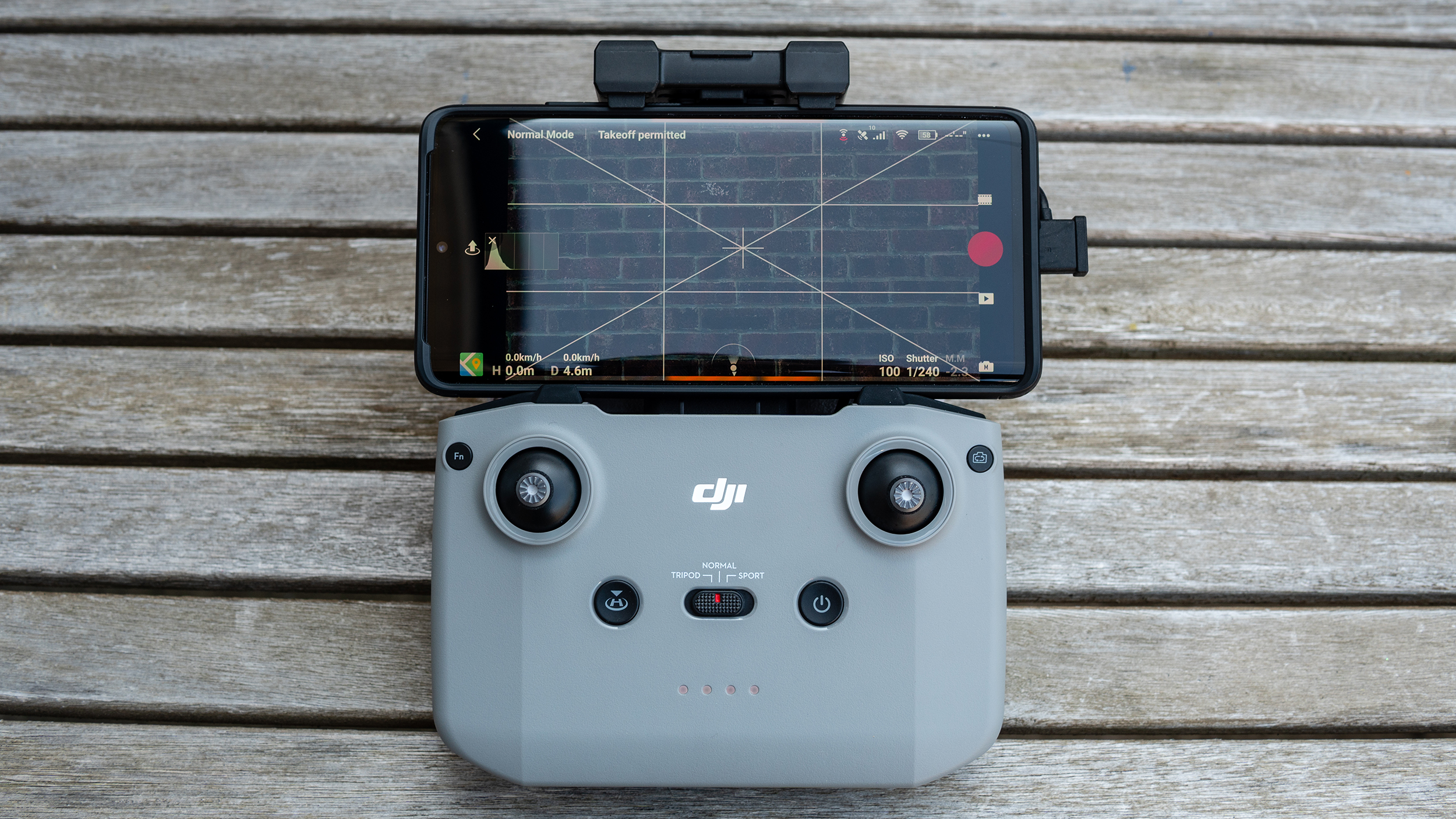
If you'd rather shoot stills, then there are new additions in the form of Hyperlight (which automatically merges snaps taken in low light situations) and Scene Recognition, which recognizes certain scenes (including blue skies, sunsets, grass, snow and trees) and tweaks the settings to suit.
Of course, some of these features can also be achieved outside the drone with software like PhotoShop and Lightroom, and in the case of shooting 48MP stitched stills, we'd suggest that was preferable.
But when it comes to the sheer range of shooting modes – including that Mavic series first of capturing 4K/60p with a 120Mbps bit-rate – the Mavic Air 2 is a significant upgrade on the original Mavic Air.
Video and image quality
- Stills image quality is greatly improved on the Mavic Air 2
- The new model also offers far more video modes, including 4K/60p
- Subject tracking works well, but manual tracking produces better results
Our DJI Mavic Air 2 review stated that its image quality is "massively improved compared to its predecessor".
This is partly down to that new 12MP 1/2-inch Quad Bayer sensor, which provides significantly cleaner images at all ISO levels. That said, it's still a relatively small sensor compared to the DJI Mavic 2 Pro, so you'll still see a little noise even at ISO 100 (and you'll realistically only want to go up to ISO 400).
In our tests, landscapes shots remained sharp throughout the scene, despite the fixed f/2.8 aperture. You'll get much greater control on the Mavic 2 Pro, thanks to that drone's adjustable aperture, which means you can shoot in aperture priority, shutter priority and manual mode, just like on a standalone camera.
But overall we've been very impressed by the Mavic Air 2's stills quality – its edge sharpness is a big improvement on the original Mavic Air and the range of shooting modes makes it ideal for beginners who don't want to do a huge amount of post-processing.

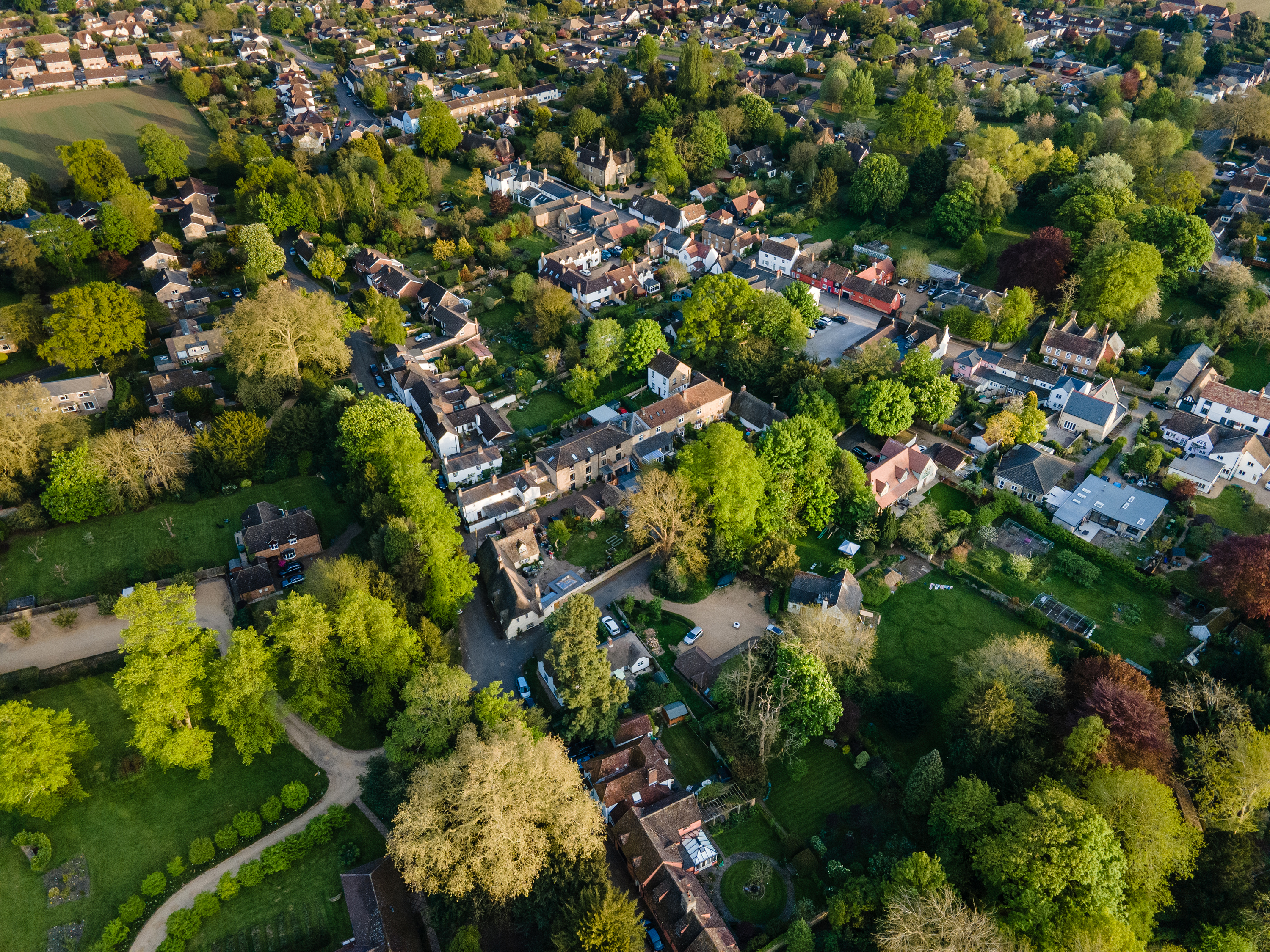
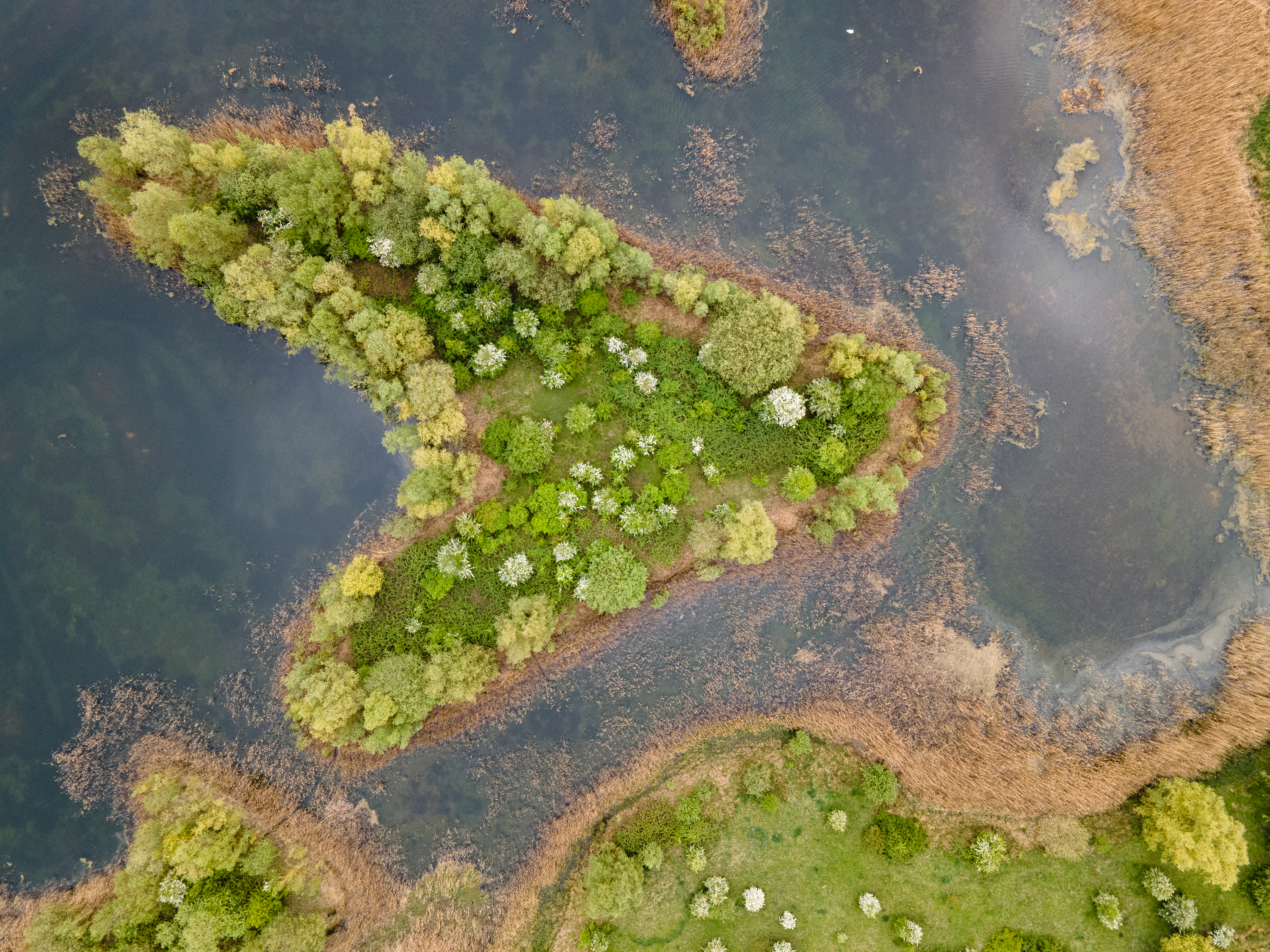


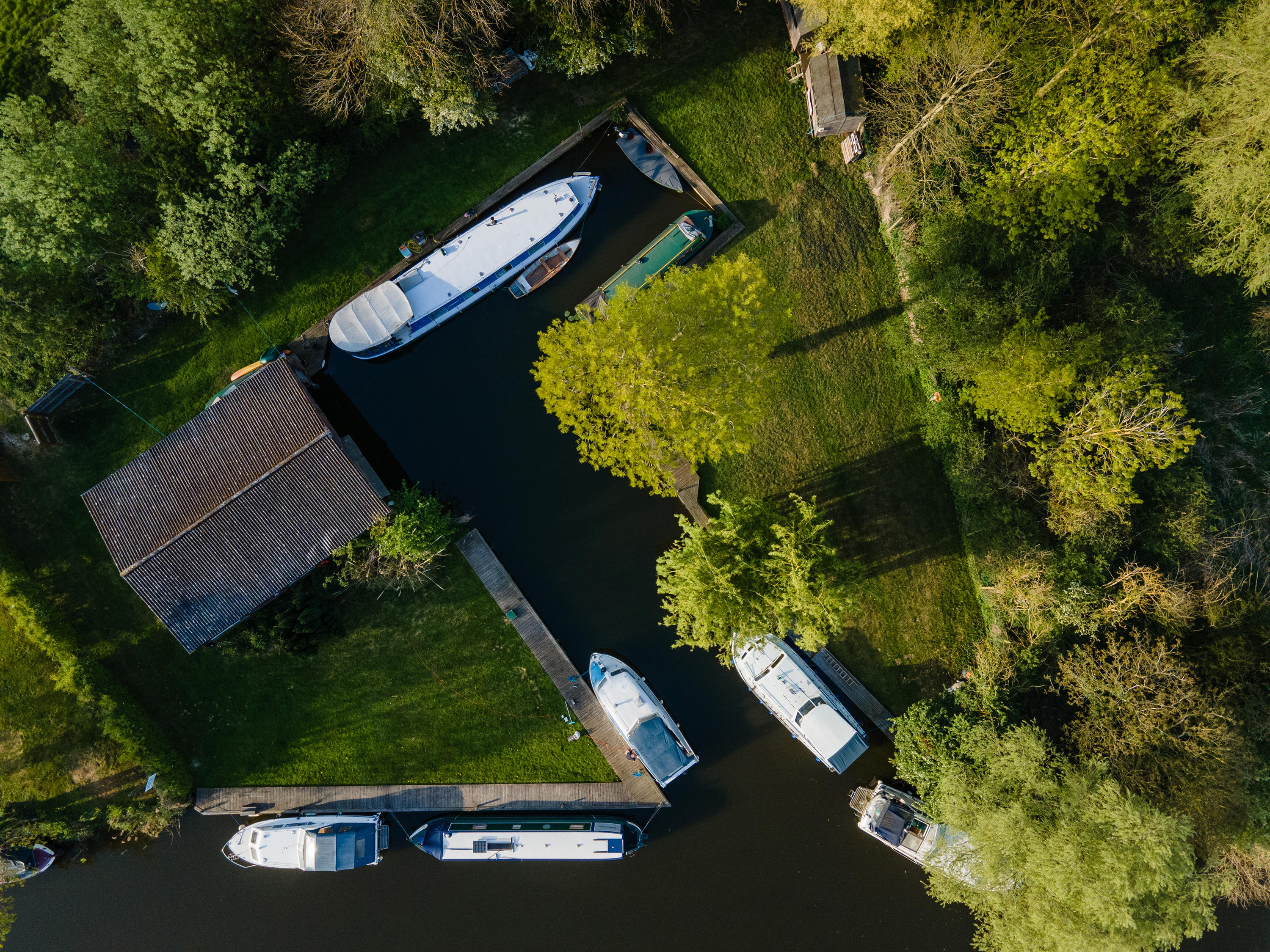
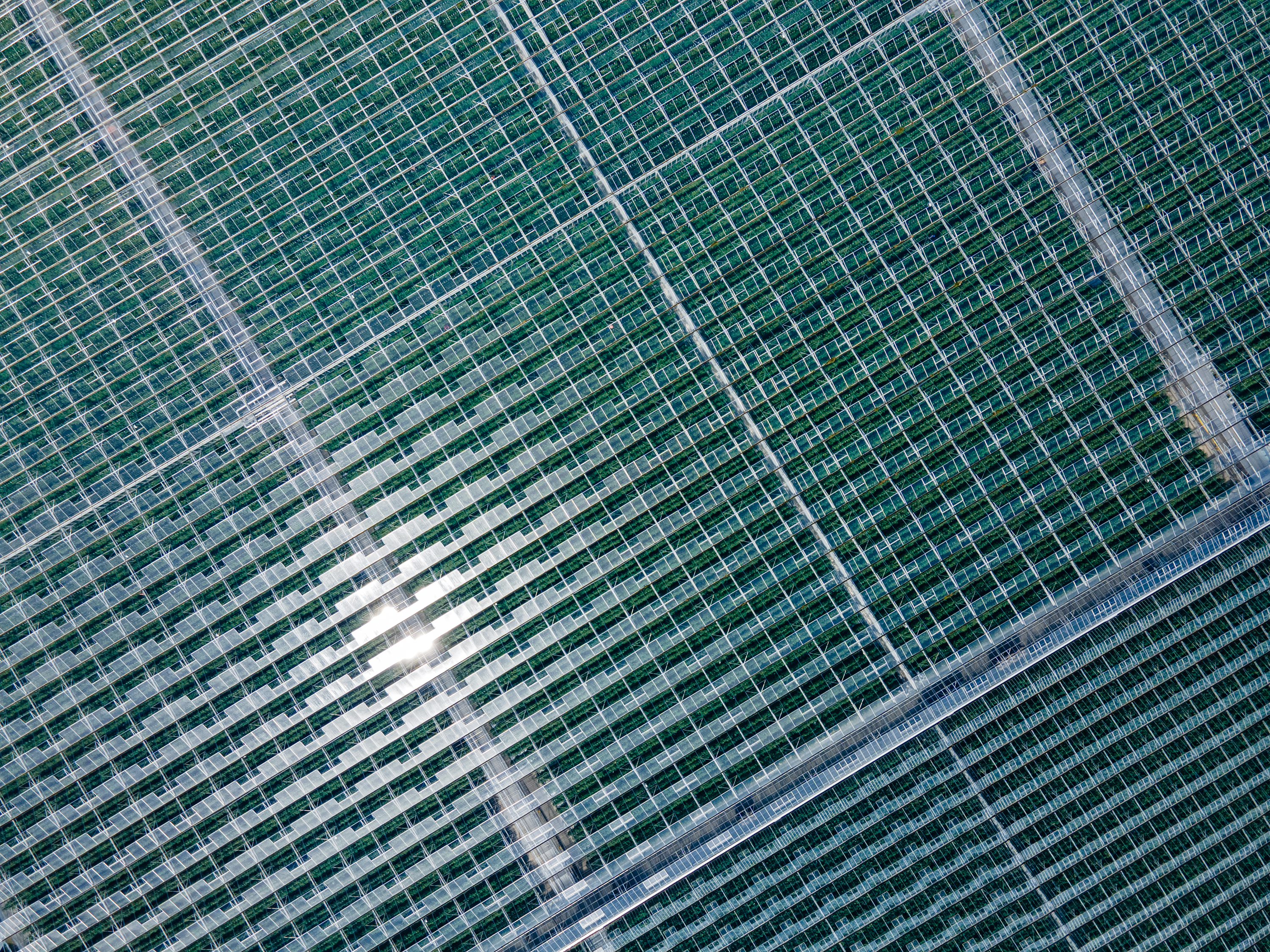



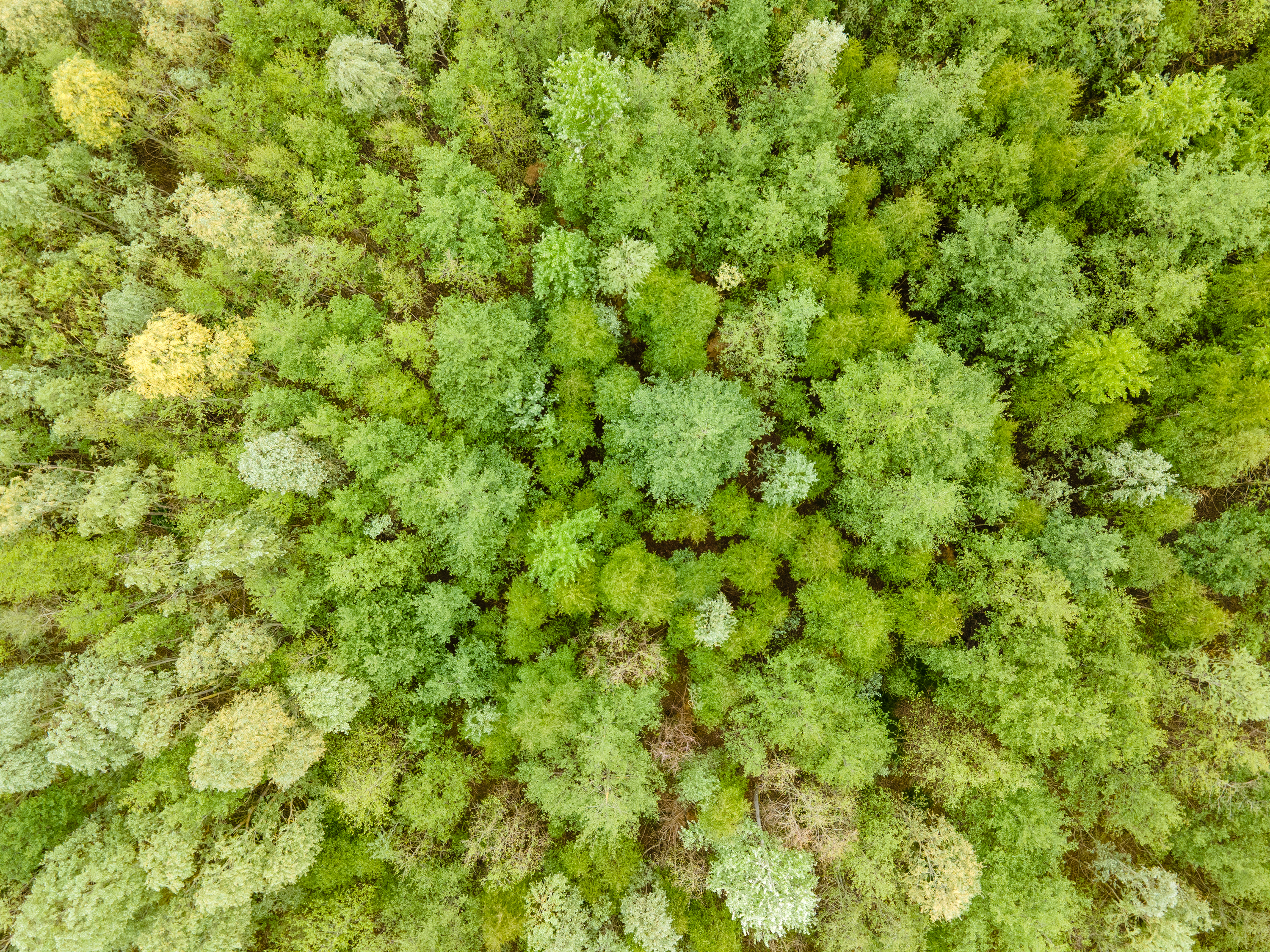
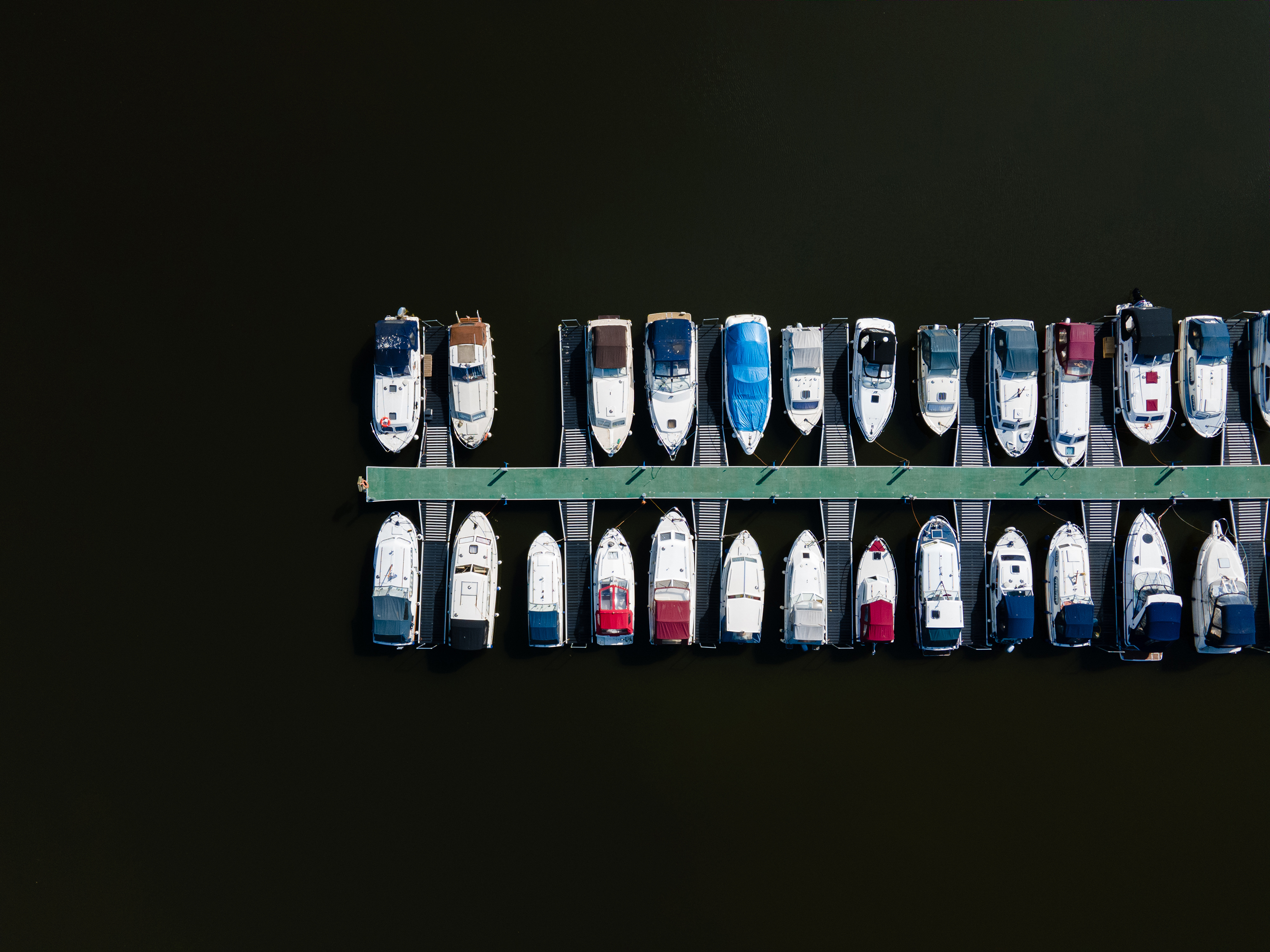
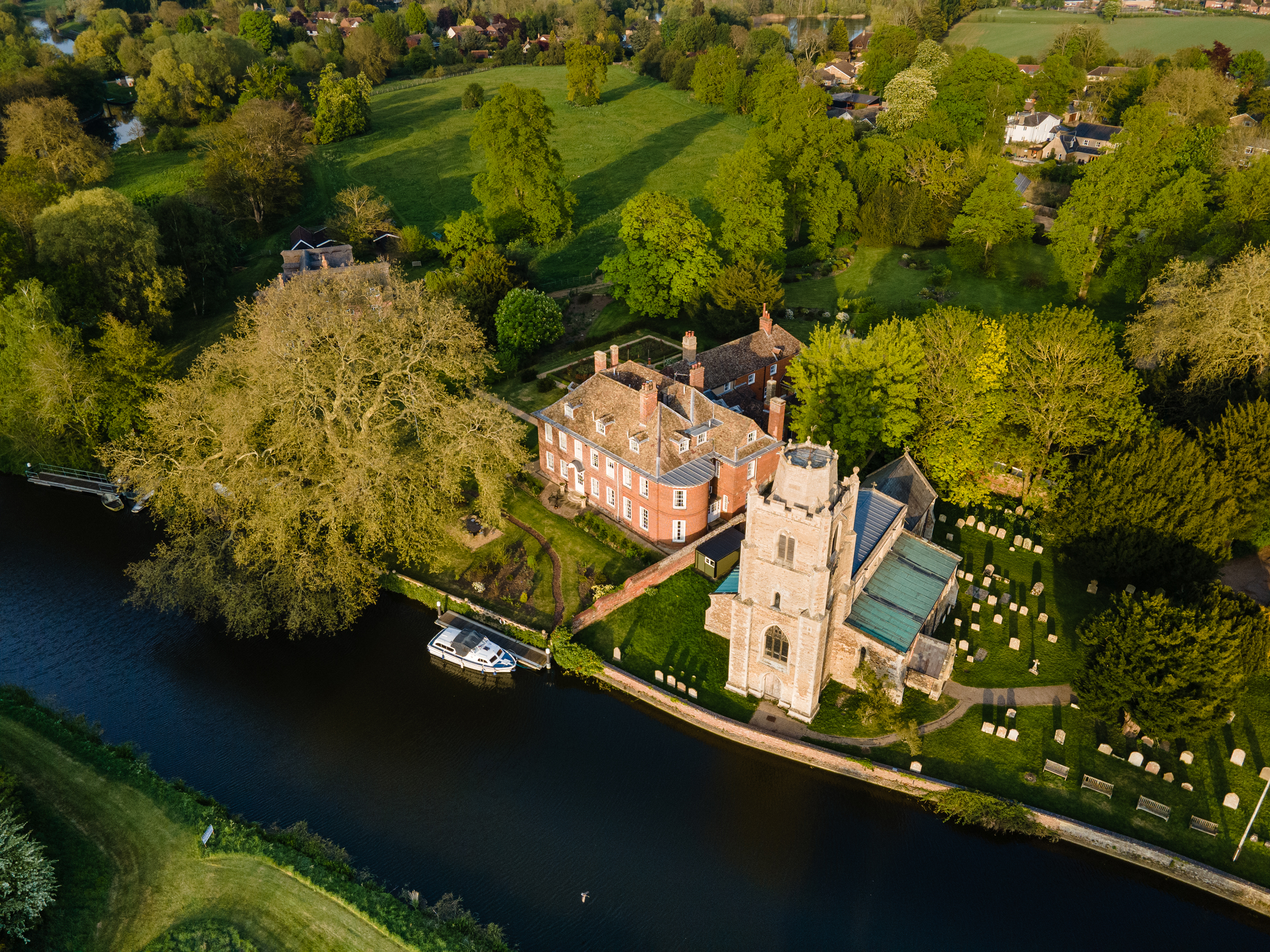
It's a similar story for video, although the main bonus here is the extra versatility compared to the Mavic Air. The option of shooting 4K at 60fps means you can get smoother footage when it's played back at 30fps, while the added power ensures the Mavic Air 2 can shoot 1080p at 240fps, plus 4K HDR at 30fps.
We haven't tested the Mavic Air 2 against the likes of the Skydio 2 when it comes to subject tracking, but DJI's ActiveTrack 3.0 worked well in our tests. You can follow subjects like cyclists using one of two modes, Smart or Parallel, though it's worth pointing out that manually flying and tracking subjects produces superior results.
All of these options greatly enhance your ability to more varied footage than you can get on the original Mavic Air, and allow you to adapt to different shooting situations. For outright quality, the Mavic 2 Pro is naturally the better choice, but for a mid-range drone the Mavic Air 2 offers the best quality around.
Verdict
The DJI Mavic Air 2 is a big step up from the original Mavic Air in nearly every department, including range, battery life, its controller and image quality. If you're looking for a mid-range drone that can shoot great stills and video, it's certainly worth upgrading to from any of DJI's drones, bar the Mavic 2 Series.
Despite its new design and features, the Mavic Air 2 is impressively also the same price as its predecessor. The original Mavic Air is now hard to find, so for those who don't already own a drone, there isn't really a buying decision to be made between these two models.
If you're a complete beginner, you're more likely to be trying to decide between the Mavic Air 2 and Mavic Mini. The latter is half the price at $399 / £369 / AU$599 and, unlike the Mavic Air 2, its 249g weight means you don't have to register it under new guidelines from the FAA (in the US) or CAA (in the UK).
But if you want to shoot 4K video, track moving subjects or need your drone to have greater stability in windy conditions, then the Mavic Air 2 is a better choice.
- These are the best drones you can buy right now

Mark is TechRadar's Senior news editor. Having worked in tech journalism for a ludicrous 17 years, Mark is now attempting to break the world record for the number of camera bags hoarded by one person. He was previously Cameras Editor at both TechRadar and Trusted Reviews, Acting editor on Stuff.tv, as well as Features editor and Reviews editor on Stuff magazine. As a freelancer, he's contributed to titles including The Sunday Times, FourFourTwo and Arena. And in a former life, he also won The Daily Telegraph's Young Sportswriter of the Year. But that was before he discovered the strange joys of getting up at 4am for a photo shoot in London's Square Mile.